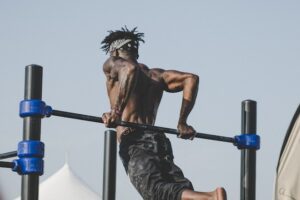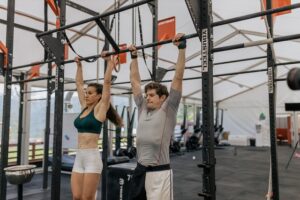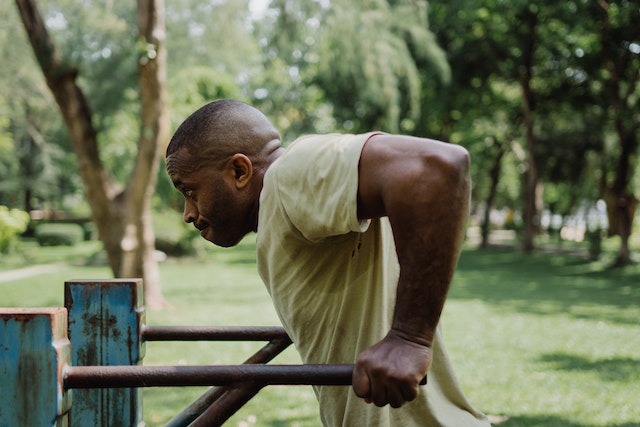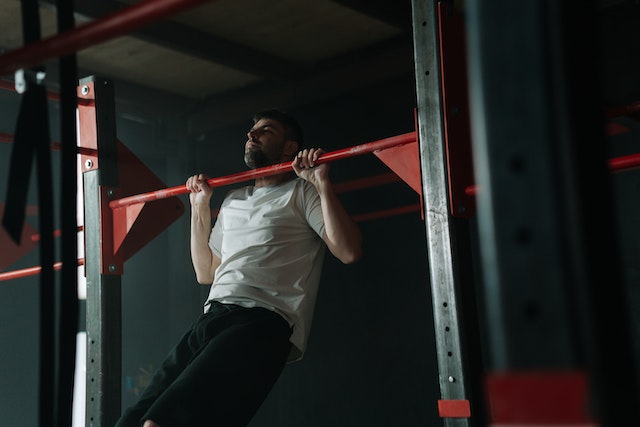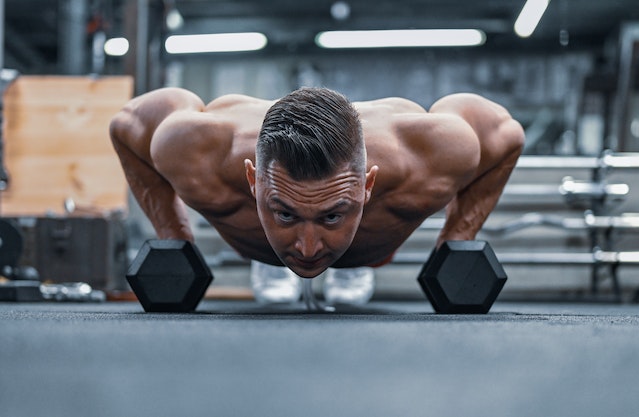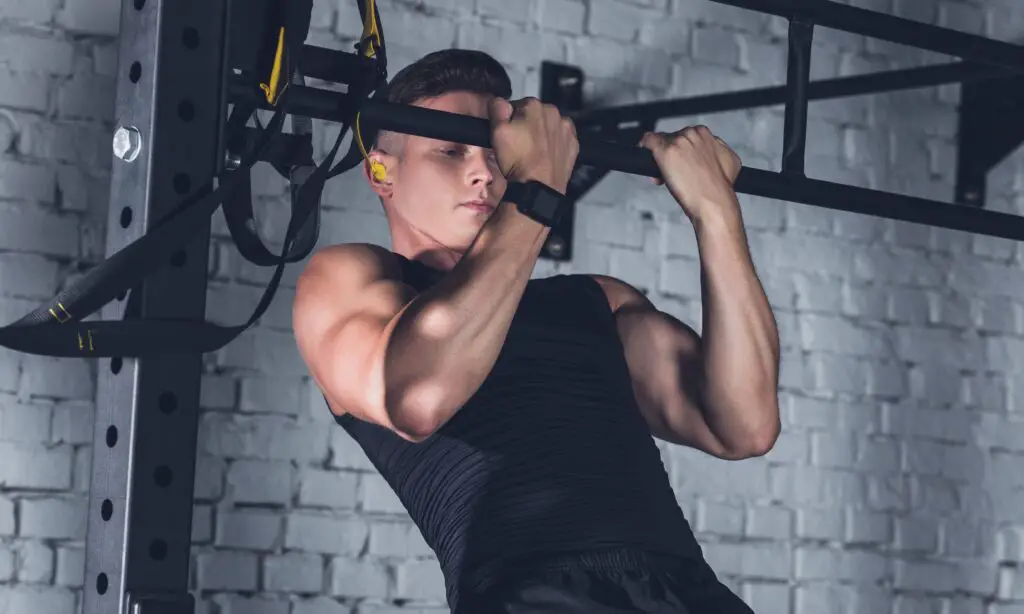
Reverse grip pull ups are a great alternative to regular pull ups. They focus more on the biceps and they don’t burden that much shoulder. Learn how to do this pull ups variation and its benefits.
What are reverse grip pull ups?
Reverse grip pull ups, also called chin ups are bodyweight exercise, similar to pull ups. The main difference between these two exercises is grip. As the name says – reverse grip pull ups. In the reverse grip pull ups, you pull yourself over the bar with an underhand grip, instead of an overhand grip as in regular pull ups.
Benefits of reverse grip pull ups
Reverse grip pull ups have many benefits, here are few of them
Strength
Regular pull ups engage mainly back muscles. If you neglected your biceps muscles, reverse grip pull ups are a great way to strengthen them.
Variety
Pull ups are the basic exercise everyone knows. If you’re already bored of them you can add reverse grip pull ups to your routine to try something new. This will make your workout more challenging and enjoyable
shoulders
Because pull ups put more pressure on shoulders. So if you’re after a shoulder injury, or just have shoulder pain from pull ups, better start with chin ups.
Muscles worked during reverse grip pull ups
The reverse grip pull up works most of the major muscles in the upper body
The primary muscles worked in reverse grip pull ups are:
- biceps branchii
- latissimus dorsi
- teres major
- deltoids
Additional secondary muscles worked include:
- trapezius
- rhomboids
- spinal stabilizers
Step-by-step guide on how to do reverse grip pull ups
- Grab a pullup bar with shoulder width or narrower underhand grip (palms facing you)
- Straighten your back, and pull your shoulder blades back and down.
- Tighten your gluteal muscles by putting your pelvis in a neutral position and tense your abdomen.
- Straighten and stiffen the knee and ankle joints.
- Inhale, pull up as you exhale, bringing your chest closer to your hand.
- Bring your elbows to the front, and keep your forearms vertical.
- Remember to keep your shoulder blades tight at all times, with your elbow pointing downward.
- Slowly lower your torso and straighten your arms. Return to the starting position.
- Repeat for the desired number of repetitions.
Progressions
Reverse grip pull ups are quite an advanced bodyweight exercise. Therefore many people might not be able to do them at the beginning. These two exercises will help to build the required strength to do reverse grip pull up.
Negative reverse grip pull ups
Negatives are the downward half of the pullup, where you lower yourself from the bar. You get over the bar with your legs touching the ground (where the pull up bar is low) and jump where it’s too high. From that position, you lower yourself with slow and controlled movement.
Assisted reverse grip pull ups
You can do them in 2 ways – with legs touching the ground (or something else, eg. elevated on a chair), and supporting the movement. or with the resistance band if you have one. To practice with the resistance band, place a band around the pull up bar, and place your foot inside the other end. With a band assisting you, exercise requires significantly less strength.
Common mistakes
- training without the warm up
- Not fully extending elbows
- moving too quickly
- not keeping elbows close to the chest
- too wide grip Pull ups vs reverse grip pull ups
Pull ups vs reverse grip pull ups
These two exercises work mostly same muscle groups but stress them differently. A pull up will better target your upper back and put more pressure on the shoulder, while a reverse grip pull up better targets your biceps. Also, in pull ups, the ideal body position is arched back, while in chin ups you want to hold a hollow body position.
